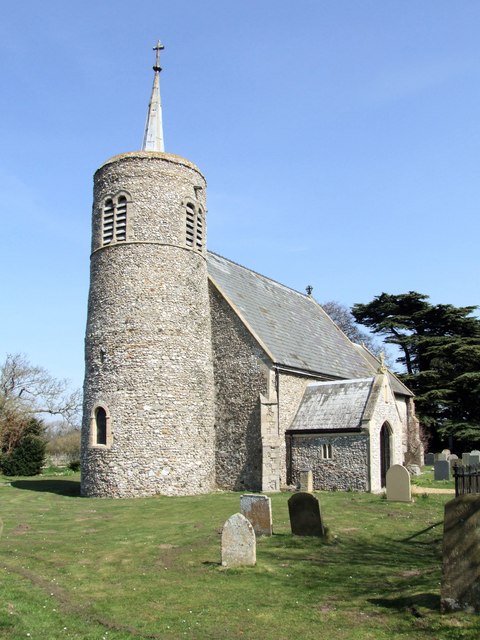Brancaster Bay
Bay in Norfolk
England
Brancaster Bay

Brancaster Bay is a stunning coastal area located on the north coast of Norfolk, England. Spanning approximately 10 miles, it is renowned for its unspoiled beauty and rich biodiversity. The bay is situated between the villages of Brancaster and Titchwell and is part of the larger Brancaster Manor coastline, which includes Brancaster Beach and the Scolt Head Island National Nature Reserve.
The bay boasts a diverse range of habitats, including sand dunes, salt marshes, mudflats, and tidal creeks. These unique ecosystems support a wide array of plant and animal species, making it a haven for nature enthusiasts and birdwatchers. The area is particularly famous for its expansive salt marshes, which provide a vital habitat for various bird species, including oystercatchers, redshanks, and curlews.
Brancaster Bay is also a popular destination for outdoor activities such as sailing, windsurfing, and kiteboarding. Its wide sandy beach, stretching for miles, offers ample space for relaxation and recreational pursuits. The bay is known for its tidal range, which creates constantly changing conditions for water sports enthusiasts.
In addition to its natural beauty, Brancaster Bay is steeped in history. The remains of a Roman fort, known as Branodunum, can be found near the bay, adding a touch of historical intrigue to the area.
Overall, Brancaster Bay is a picturesque and ecologically significant coastal region, offering a perfect blend of natural wonders, outdoor activities, and historical charm.
If you have any feedback on the listing, please let us know in the comments section below.
Brancaster Bay Images
Images are sourced within 2km of 52.980079/0.60227598 or Grid Reference TF7445. Thanks to Geograph Open Source API. All images are credited.







Brancaster Bay is located at Grid Ref: TF7445 (Lat: 52.980079, Lng: 0.60227598)
Administrative County: Norfolk
Police Authority: Norfolk
What 3 Words
///estimate.overture.climber. Near Hunstanton, Norfolk
Nearby Locations
Related Wikis
Titchwell Marsh
Titchwell Marsh is an English nature reserve owned and managed by the Royal Society for the Protection of Birds (RSPB). Located on the north coast of the...
Titchwell
Titchwell is a village and civil parish in Norfolk, England. It is situated on the north Norfolk coast some 2 km (1.2 mi) west of the village of Brancaster...
Royal West Norfolk Golf Club
Royal West Norfolk Golf Club is a golf club in Brancaster, Norfolk, England, about 7 miles (11 km) east of Hunstanton, between Brancaster Bay and the salt...
Thornham, Norfolk
Thornham is a village and civil parish in the English county of Norfolk. It is situated on the north Norfolk coast some 7 kilometres (4.3 mi) north-east...
Have you been to Brancaster Bay?
Leave your review of Brancaster Bay below (or comments, questions and feedback).













